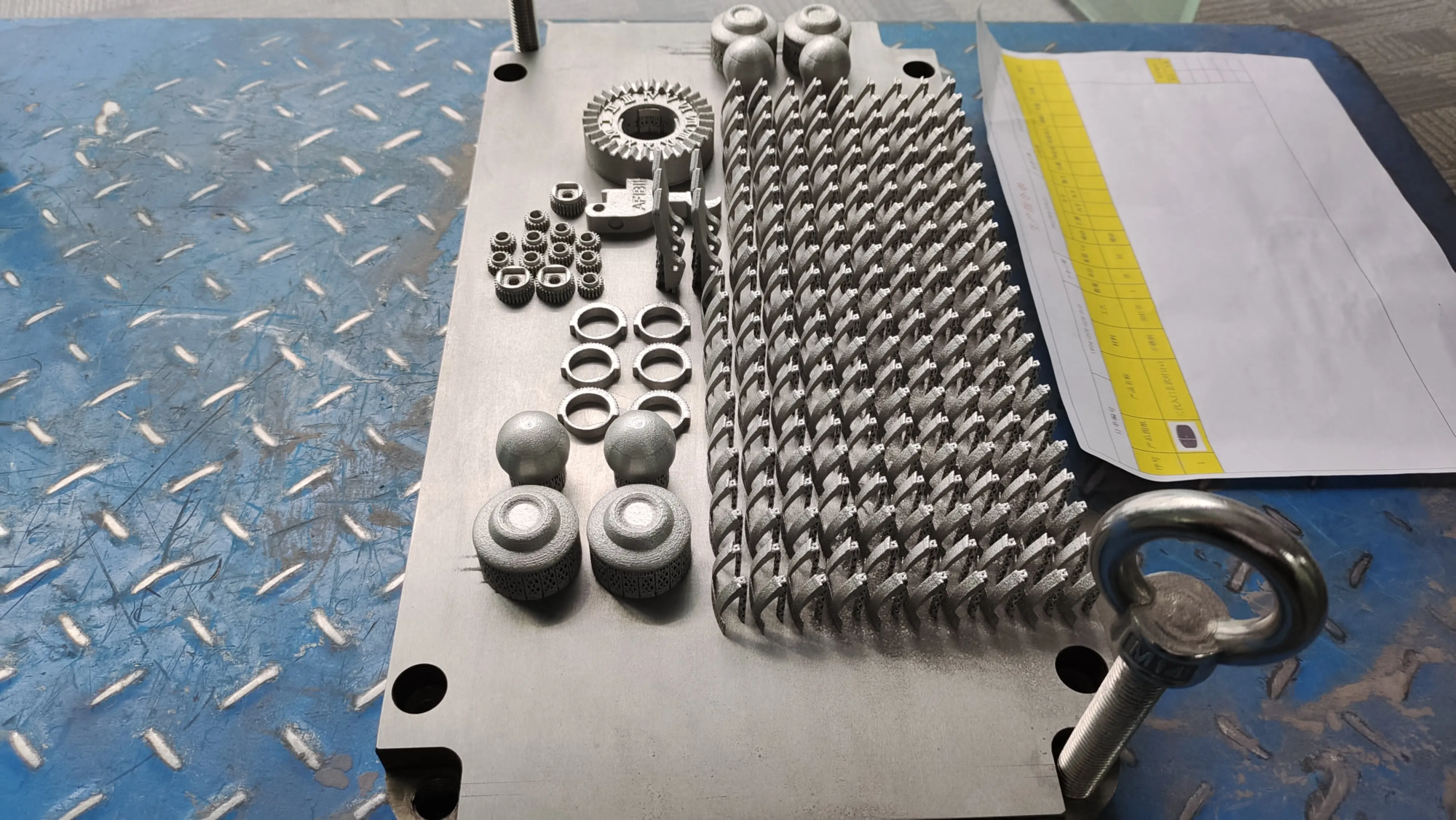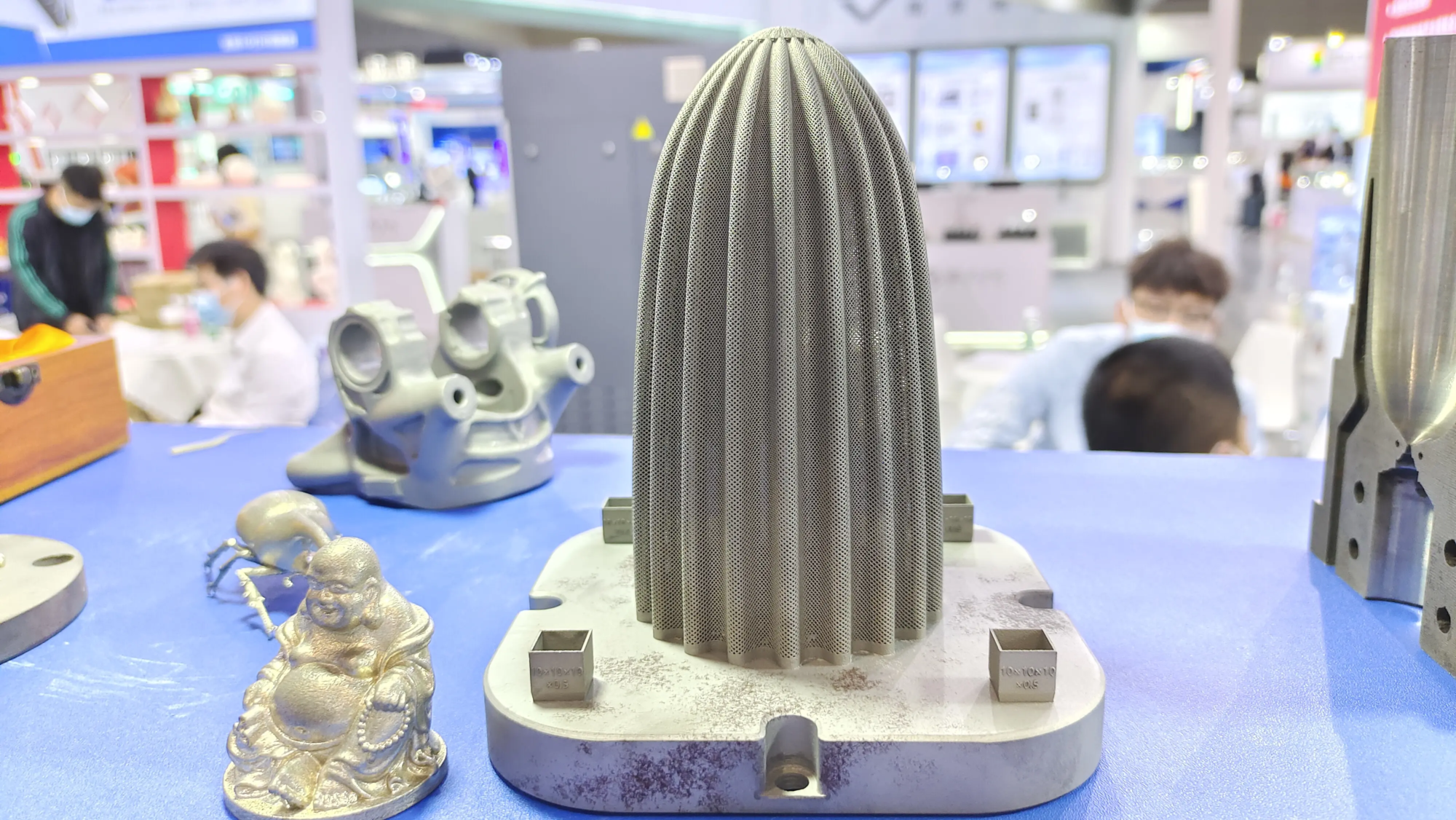Recently, the International Additive Manufacturing Organization (ASTM) has launched a newManufacturer’s certification systemaimed at improving all aspects of quality insurance, regulatory compliance and process control.The overall level of the industrial chain of additive manufacturing (AM)。
According to the resource database, ASTM was previously the American Society for Materials and Testing. It was founded in 1898 and is one of the largest standard international organizations in the world. More than 12,000 ASTM voluntary consensus standards have been made, covering all the steel areas for sustainable development.
Why launch this certification?
Although traditional quality management systems (such as ISO 9001, AS9100, ISO 13485, etc.) are widely used in manufacturing, they are not specifically targeted on special processes, materials and risks of 3D printing. This means that AM manufacturers often do not have a really “counter-confer” standard when faced with customer or regulatory requirements.
In order to fill the gap in the general quality system existing in the AM field, ASTM has teamed up with Boeing, Lockheed Mart, Safran, Ford, Stacy, General Motors, etc.25 international 3D printing material manufacturersIn conjunction this exclusive AM certification solution – specially “tailor -made” for 3D printing.
What are the advantages of this certification?
First of all, it covers the fundamental elements of 3D printing, including the selection of materials, the printing process, the post-processing process and ultimate quality control, really focusing on the real operational links of AM manufacturing and no longer copying the general audit model of traditional manufacturing.
Second, the system is built on a series of international authoritarian standards, such as ISO / ASTM 52901, 52904 and 52920, ensuring that audit standards are both technically rigorous and enforceable. For manufacturers, it not only meets compliance requirements, but also helps to continuously optimize internal processes.
In addition, the certification system also fully considers the differences in demand from the various industries. He formulated a highly compatible audit mechanism for practical application scenarios in the fields of aerospace, medical devices, the automotive industry, etc. To help manufacturers more effectively meet the quality requirements of various OEMs.
More importantly, this certification considerably improves the confidence mechanism in the AM supply chain. It uses the “language of additive manufacturing” to resolve “additive manufacturing problems”, which avoids not only inadequacy and resource waste in traditional QMS audits, but also provides clearer and more transparent quality communication standards for upstream and downstream cooperation.
“By unifying the quality requirements of end users and by introducing a third -party certification mechanism, this new certification will help promote the widespread application of additive manufacturing technology in the high performance field, actually carried out from concept of concept to large -scale implementation,” said Dr. Martin White, Director of Technical Operations at ASTM International.
What are the comments on the pilot’s results?
Before his official release, Am Coe made pilot reviews in Am Craft, Ochsler and KSB. The practice shows that this certification has good adaptability and good feasibility in different technical pathways, material systems and operating environments.
“This review helped us identify the progression room and was very precious to stay in advance. To be honest, the examination process was unexpected and even a positive experience,” said Stephan Braun, an expert engineer at KSB Additive Manufacturing.
“The examination is both rigorous and constructive, which allows us to better understand if existing practices meet new standards of the industry and also clarifying the orientation of subsequent optimization,” said Andreas Knoephel, director of Oekler project management.
Written at the end
With the in -depth application of 3D printing in the field of high performance and traceable manufacturing, aSTMAny new AM certification systemshould become another key tool to promote the development of industry normalization. It helps not only manufacturersReduce double opinions and accelerate the launch of productsAlso built a more transparent and effective bridge for communication between OEM and suppliers.
Currently, this certification is part of the ASTM AM Coe certification system and is accompanied by AMQ, PBF Metal Process Certification, factory safety certification and staff certification.Form a closed loop support。





